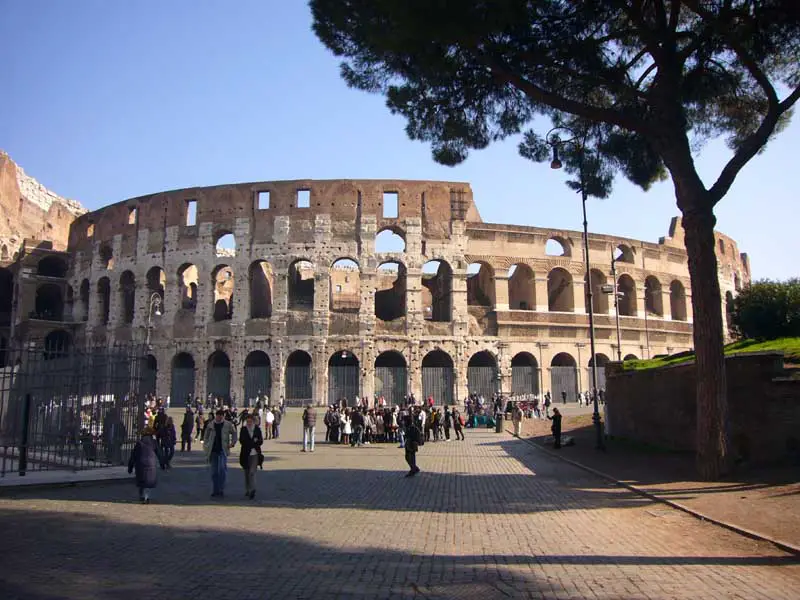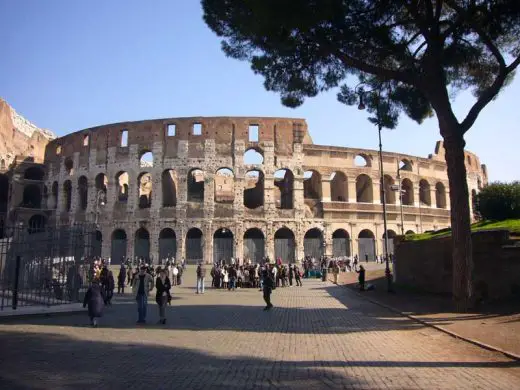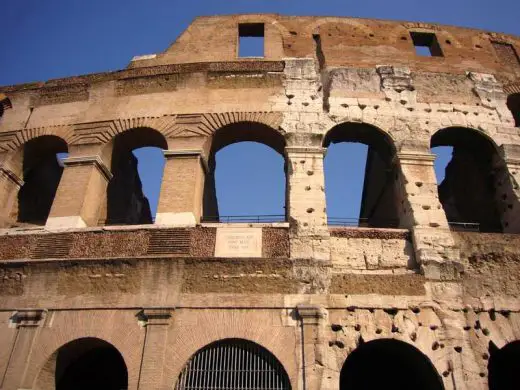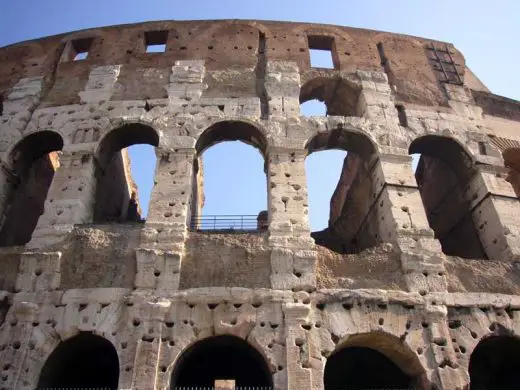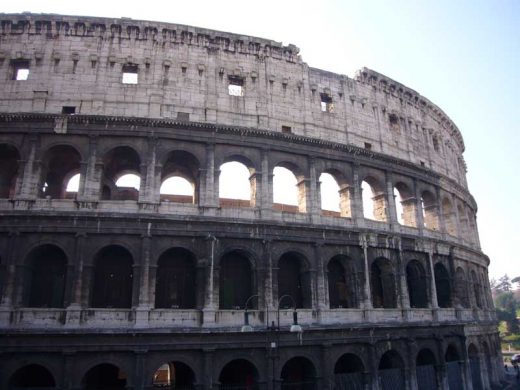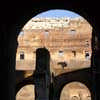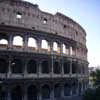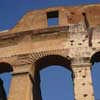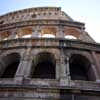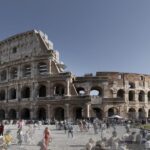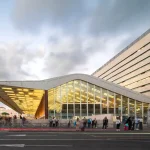Colosseum Rome New Floor, Historic Italian building photos, Campitelli Italia architecture photos
Roman Colosseum: New Floor
New retractable wooden floor for Historic Roman building in Italy, southern Europe
11 August 2023
New Electa Bookshop in Colosseo
Design: Italian architecture office Migliore+Servetto
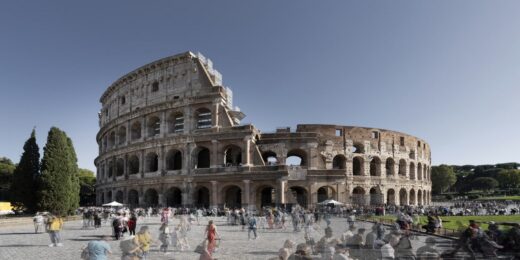
photo : Andrea Martiradonna
Electa Bookshop Colosseum Rome
Migliore+Servetto designs a new format store for Electa bookshops, by creating new spaces for culture and encounter in Rome, within four extraordinary locations of the Colosseum Archaeological Park (Colosseum First Gallery, Second Gallery, San Gregorio al Palatino and Clivo Palatino), and in Venice, in the spaces of the Biennale.
post updated 3 May 2021
Rome Colosseum Floor Plan
The Italian government has approved a plan to provide Rome’s ancient Colosseum with a new floor, giving visitors the chance to stand where gladiators once fought. Culture Minister Dario Franceschini announced the project to build the wooden, retractable floor on Sunday, reports the BBC.
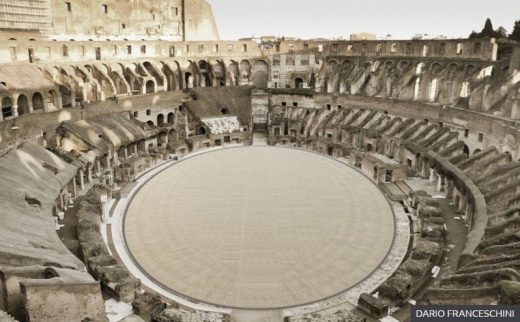
image courtesy Dario Franceschini
Italian engineering firm Milan Ingegneria won the 18.5m euro (£16.1m; $22.2m) contract to design the floor. The new floor is expected to be finished by 2023.
At present, the 2,000-year-old monument has no floor. It was removed by archaeologists in the 19th Century, exposing the underground network of tunnels where gladiators and animals were held before the Roman blood sports began.
Cultural events could be held in the Colosseum once the floor had been restored to its former glory. The competition-winning design involves hundreds of wooden slats that can be rotated to allow natural light and air into the underground chambers.
The new 3,000-sqm (32,300-sqft) floor is designed to be entirely reversible in future, leaving the ancient structure intact.
Colosseum, Campitelli
Colisseo Roma architettura:
The Colosseum could hold, it is estimated, between 50,000 and 80,000 spectators, having an average audience of some 65,000. The structure was used for gladiatorial contests and public spectacles such as mock sea battles (for only a short time as the hypogeum was soon filled in with mechanisms to support the other activities), animal hunts, executions, re-enactments of famous battles, and dramas based on Classical mythology.
The building ceased to be used for entertainment in the early medieval era. It was later reused for such purposes as housing, workshops, quarters for a religious order, a fortress, a quarry, and a Christian shrine.
More details online soon
Location: Colosseum, Campitelli, Rome, central Italy, southern Europe
Historic Architecture in Rome
Rome Architecture Walking Tours
Roman Buildings : Traditional architecture
The Pantheon
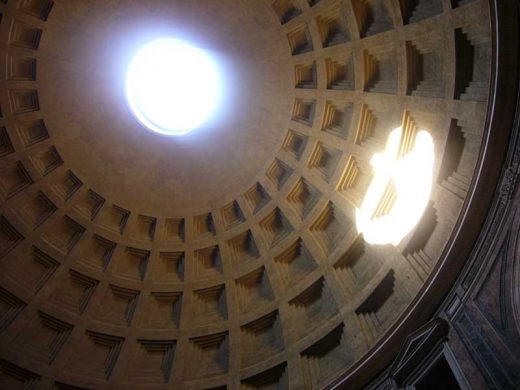
photo © Adrian Welch
St Peters Basilica
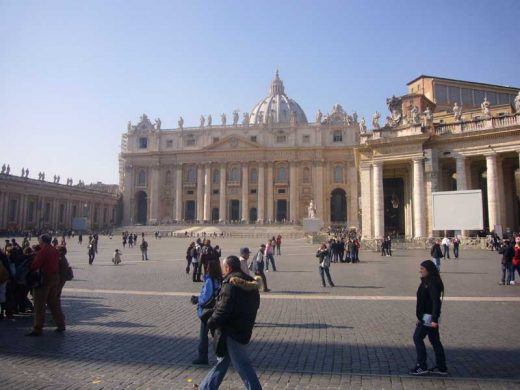
photo © Adrian Welch
Rome Architecture Designs – chronological list
Colosseum Rome images by Adrian Welch available upon request: photos 2816×2112 pixels
One of the symbols of Rome is the Colosseum (70–80 AD), the largest amphitheatre ever built in the Roman Empire. Originally capable of seating 60,000 spectators, it was used for gladiatorial combat.
A list of important monuments and sites of ancient Rome includes the Roman Forum, the Domus Aurea, the Pantheon, Trajan’s Column, Trajan’s Market, the Catacombs, the Circus Maximus, the Baths of Caracalla, Castel Sant’Angelo, the Mausoleum of Augustus, the Ara Pacis, the Arch of Constantine, the Pyramid of Cestius, and the Bocca della Verità.
Italian Architecture
Comments / photos for the Colosseum Rome Building New Floor page welcome

